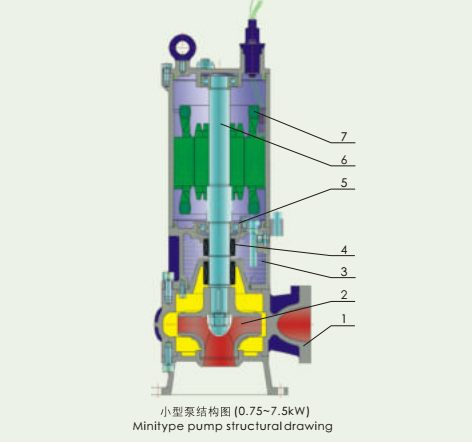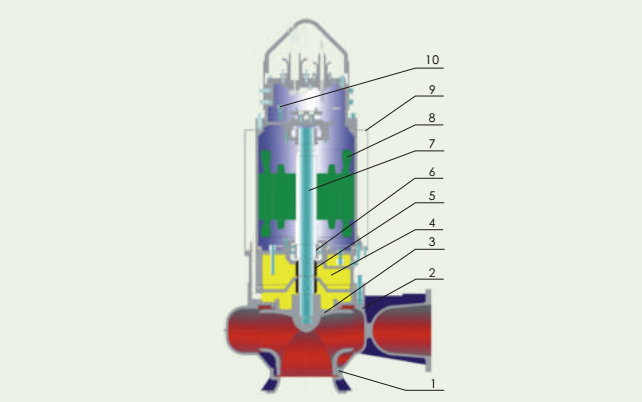Scientists will build a 1-micron particle accelerator
The large size and high collision energy make LHC become a research tool for humans to unravel the mystery of the origin of the universe. But there are also scientists who do the opposite and come up with the idea of ​​a circular accelerator with a diameter of only 1 meter. This kind of micro particle accelerator also has its unique use, or it will fill the gap left by high-energy particle accelerators. Related papers were published in the latest issue of the journal New Physics.
The physicists at the Free University of Amsterdam in the Netherlands and the University of Oxford in the United Kingdom who proposed this idea stated that the goal of most particle accelerators, including the LHC, is to allow particles to collide at very high energies, but also at low energy collisions. Some experimental data will be generated. The new accelerator aims to fill this gap. This compact accelerator allows hydrogen atoms to move at a speed of 600 meters per second and collide with many different types of neutral atoms or molecules in the accelerator.
According to the researchers, the accelerator will consist of 40 hybrid electromagnetic hexapole lenses. The resulting collision energy will be less than 8.6 MeV (mega electron volts), which is 15 orders of magnitude lower than the LHC's highest collision energy.
Co-author and co-author of the paper, Hendrik Bertelem from the Free University of Amsterdam, said that so far few experiments have been able to obtain data below 8.6 MeV. This magnetic synchrotron provides the possibility to study the collision of hydrogen atoms with other atoms and molecules under low energy conditions.
The advantage of this magnetic synchrotron is that it can store hydrogen atoms at higher speeds (600 meters/second), which makes it more sensitive than other devices. This allows researchers to make hydrogen atoms collide with almost any type of atom or molecule. This kind of low-energy collision will be particularly useful for improving astrophysical models, which will make the experiment no longer limited to hydrogen, but may also include carbon monoxide, helium, ammonia, and other gases that exist in the universe. Synchrotrons will be used to record their collisions at specific temperatures, which will allow scientists to obtain chemical models of the various gas nebulae in the universe with greater precision.
In the next step, researchers will begin construction of this synchrotron. Because people still know very little about this kind of low-energy collision, researchers say that the new accelerator may bring some new discoveries.
Submersible Sewage Slurry Pump
1. Naipu Submersible sewage slurry pump introduction
NP-WQ series of submersible sewage pumps are designed with varies of installation experience and improved in water flow stream line, motor cooling system, Protections, control and sealing to suit for multipurpose applications and installations.
Typical Applications---
Municipals sewage installations
Constructions
Industrial waste water
Waste content solid and fibers
River and drain water
2. NP-WQ submersible sewage slurry pump strcuture drawing(mini type):

Main parts in the drawing:
1. pump casing 2. impeller 3.oil chamber 4.Bearing seal 5.bearing 6.pump motor shaft 7motor.
Medium type submersible sewage slurry pump strcuture drwaing:

Main parts in the drawing:
1. wear ring 2. pump casing 3. impeller 4.oil chamber 5.Bearing seal 6.bearing 7.pump motor shaft 8.motor 9.cooling water jacket 10.inspect equipment
Submersible Pump,Submersible Sewage Pump,Submersible Slurry Pump,Vertical Submersible Slurry Pump
Shijiazhuang Naipu Pump Co., Ltd. , https://www.naipu-pump.com